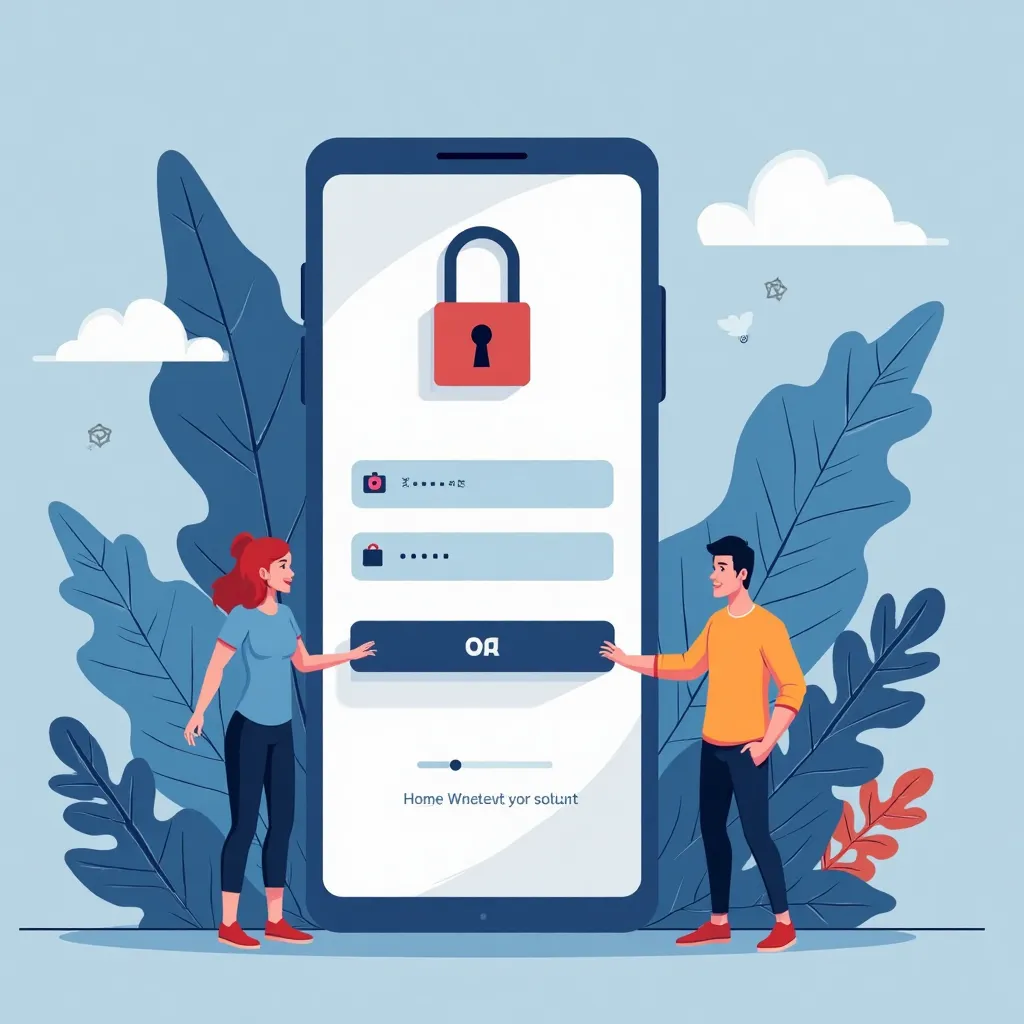Crafting Exceptional Login Screens: A Key to Unlocking User Engagement
When it comes to user experience (UX) design, login screens are often overlooked, yet they play a critical role in shaping the user’s first impression of a product. A well-designed login screen can make all the difference in creating a seamless and engaging user experience. In this article, we’ll delve into the world of login screens, exploring what makes them effective, and providing actionable tips to help you craft exceptional login screens that drive user engagement.
Real-World Examples of Great Login Screens
Let’s take a closer look at three successful products that have nailed their login screen designs: Adobe Creative Cloud, SoFi, and Spotify. Each of these examples demonstrates a unique approach to login screen design, highlighting key principles that contribute to their effectiveness.
- Adobe Creative Cloud: Adobe’s login page is a masterclass in balance and flexibility. The sign-in form is simple, yet it offers multiple login options, including social media channels and password assistance. The bold call-to-action and clear instructions make it easy for users to navigate the login process.
- SoFi: SoFi’s login screen is a testament to simplicity and security. The clean design and minimalistic approach make it easy for users to focus on the task at hand. The addition of two-factor authentication adds an extra layer of security, giving users peace of mind.
- Spotify: Spotify’s login screens are designed with mobile devices in mind. The step-by-step approach and clear call-to-actions make it easy for users to navigate the login process. The proactive help feature, which sends assistance to users who struggle with login, is a nice touch.
UX Principles Behind Good Login Screens
So, what makes a good login screen? Here are some key UX principles to keep in mind:
- Consistency and Recognition: Use familiar design patterns and UI components to reduce cognitive load and make it easy for users to navigate the login screen.
- Simplicity and Clarity: Keep the login screen minimal and free from distractions. Use clear and concise language to guide users through the process.
- Feedback and Error Prevention: Provide meaningful feedback when users succeed or fail, and prevent errors from occurring in the first place.
- User Control and Flexibility: Offer multiple login options, such as standard passwords, social media, or biometric authentication, to cater to different user preferences.
- Accessibility and Inclusivity: Ensure the login screen is accessible to users of all abilities by paying attention to color contrast ratios, keyboard functionality, and providing multiple login options.
Frequently Asked Questions About Login Screens
Here are some common questions about login screens, along with some helpful answers:
- What makes a “good” login screen?: A good login screen is simple, minimal, and free from distractions. It provides multiple login options, is secure, and offers error prevention and feedback.
- How do I reduce login friction while maintaining security?: Provide multiple login methods, enhance password usability, and simplify two-factor authentication to strike a balance between security and usability.
- Should I include a “show password” toggle?: Yes, include a toggle to show and hide the password to improve accessibility and usability.
- What are the best practices for error handling and prevention?: Use real-time validation, allow users to copy and paste or autofill their password, and provide clear and simple language to describe errors.
- How can I make the login process accessible?: Ensure the login screen is keyboard-accessible, use clear language, and provide security alternatives to CAPTCHA.
By following these principles and best practices, you can craft exceptional login screens that drive user engagement and create a seamless user experience. Remember, the login screen is the first step in the user’s journey, and it’s essential to get it right.
